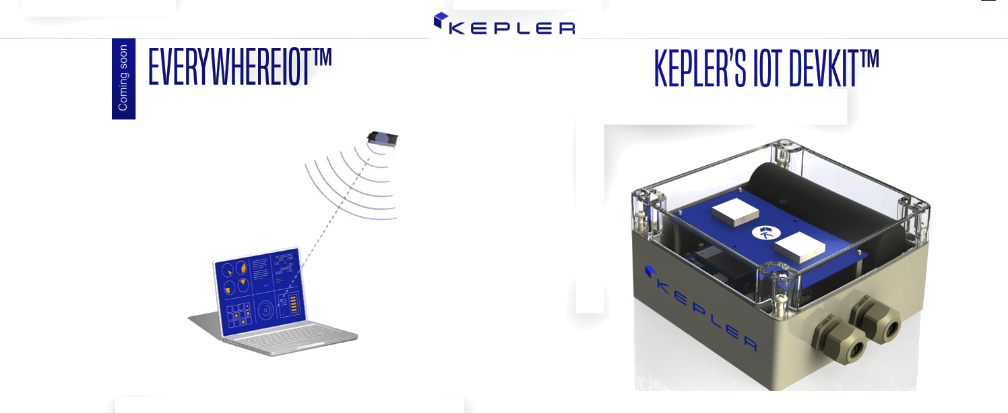 Momentus Inc. (“Momentus” or the “Company”) and Kepler Communications Inc. (“Kepler”) have signed a launch service agreement to deploy two additional satellites for Kepler’s GEN1 constellation in 2021.
Momentus Inc. (“Momentus” or the “Company”) and Kepler Communications Inc. (“Kepler”) have signed a launch service agreement to deploy two additional satellites for Kepler’s GEN1 constellation in 2021.
 Momentus’ rideshare service will include launch provisions and delivery to the customer’s desired orbital altitude while maintaining the SSO inclination using Momentus’ Vigoride transfer vehicle. The GEN1 platform supports both Kepler’s Global Data Service, a wideband high-capacity data service, and EverywhereIoT, a narrowband solution for Internet of Things applications.
Momentus’ rideshare service will include launch provisions and delivery to the customer’s desired orbital altitude while maintaining the SSO inclination using Momentus’ Vigoride transfer vehicle. The GEN1 platform supports both Kepler’s Global Data Service, a wideband high-capacity data service, and EverywhereIoT, a narrowband solution for Internet of Things applications.

With deployment beginning in late 2020, Kepler’s GEN1 constellation is the first to offer both wideband and narrowband services from LEO. The two new satellites will deliver additional commercial capacity for Kepler’s Global Data Service and provide additional support for on-going technology demonstrations for EverywhereIoT.
For communications and IoT satellites, the Local Time of the Ascending Node (LTAN/LTDN) is important in terms of offering fleet coverage diversity so that a satellite operator can offer data and analytics over a variety of times. Once in orbit, Momentus’ Vigoride transfer vehicle can change the LTAN/LTDN of a spacecraft deployed by using precession — a change in the orientation of the rotational axis of a rotating body. Kepler will be a prominent customer for Momentus’ LTAN shift service as they build out their constellation.
Executive Comments
Jared Bottoms, Director, Space Systems at Kepler, said, “Securing this launch with Momentus represents a key milestone in the deployment of our GEN1 constellation. We look forward to the successful launch, and the benefits of the Vigoride service. Assurance on an accurate LTAN insertion is key for Kepler as we serve users on a global scale, and this played a significant role in our selection of Momentus for this mission.”
Mikhail Kokorich, CEO of Momentus, said, “Momentus is honored to enable Kepler’s IOT constellation and will efficiently deploy their GEN1 satellites to precise and specific orbits, thereby enabling Kepler to expand their commercial service.”
